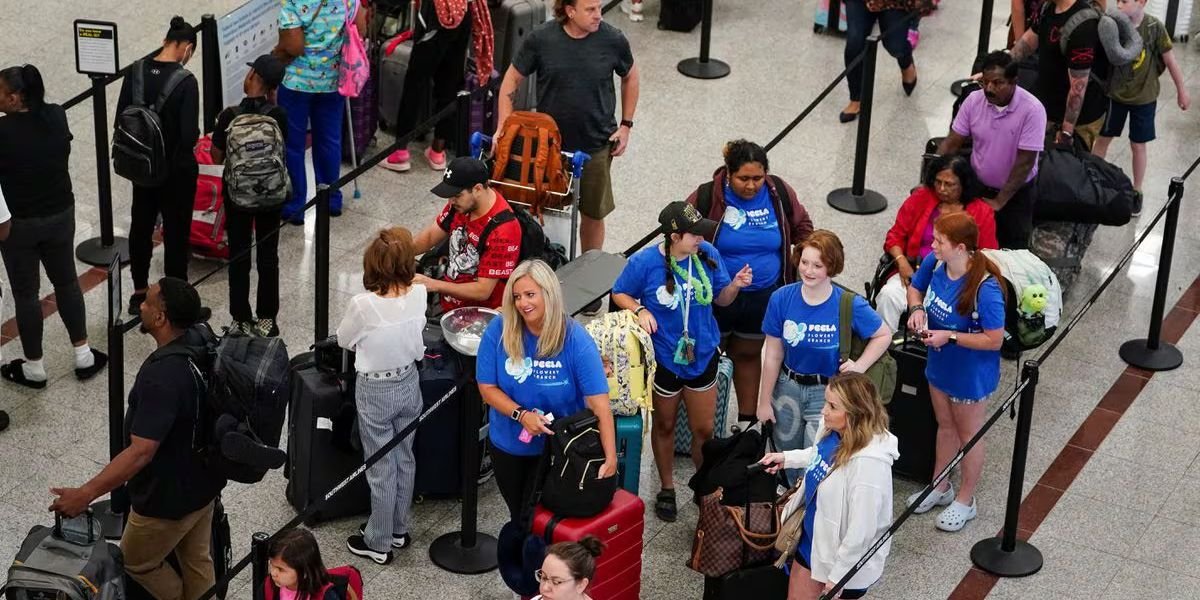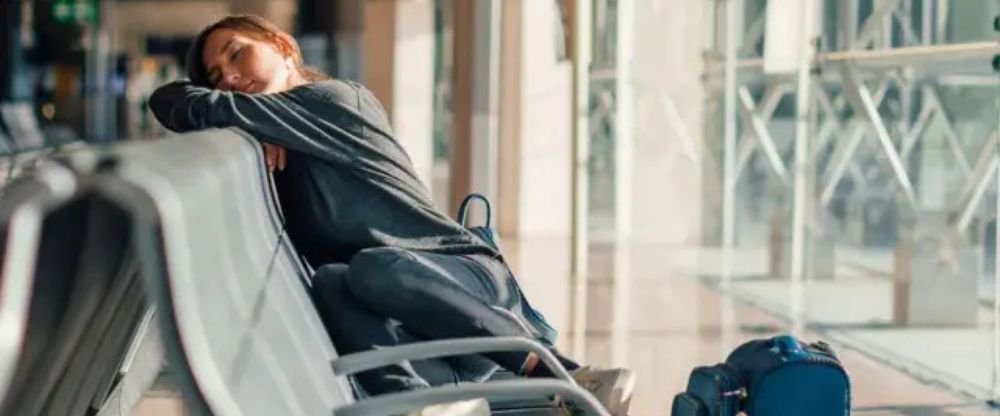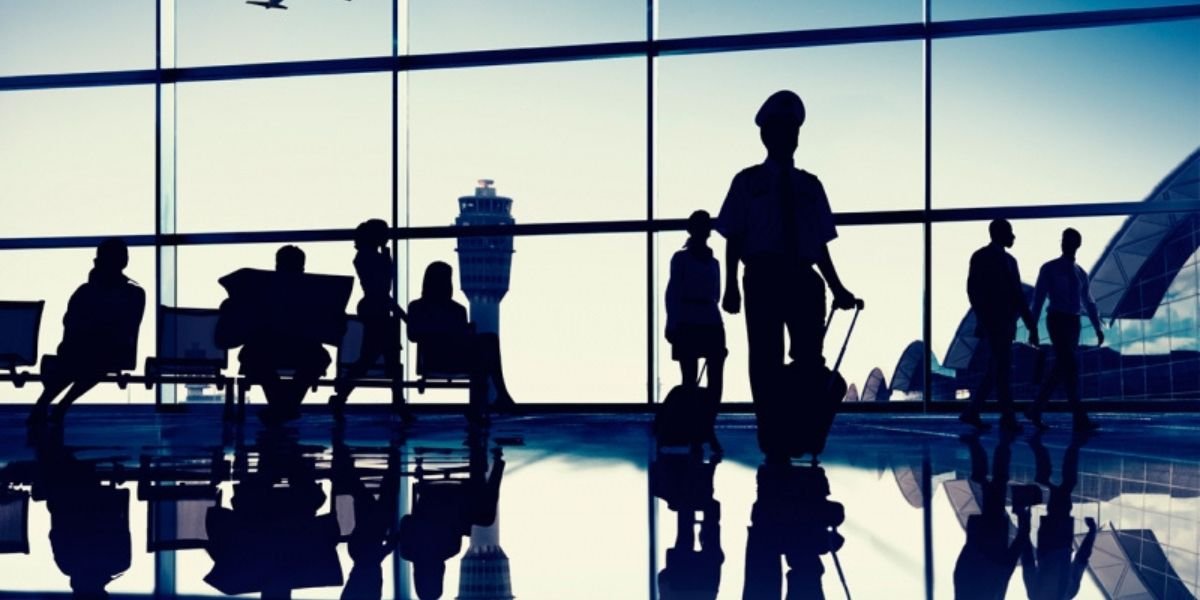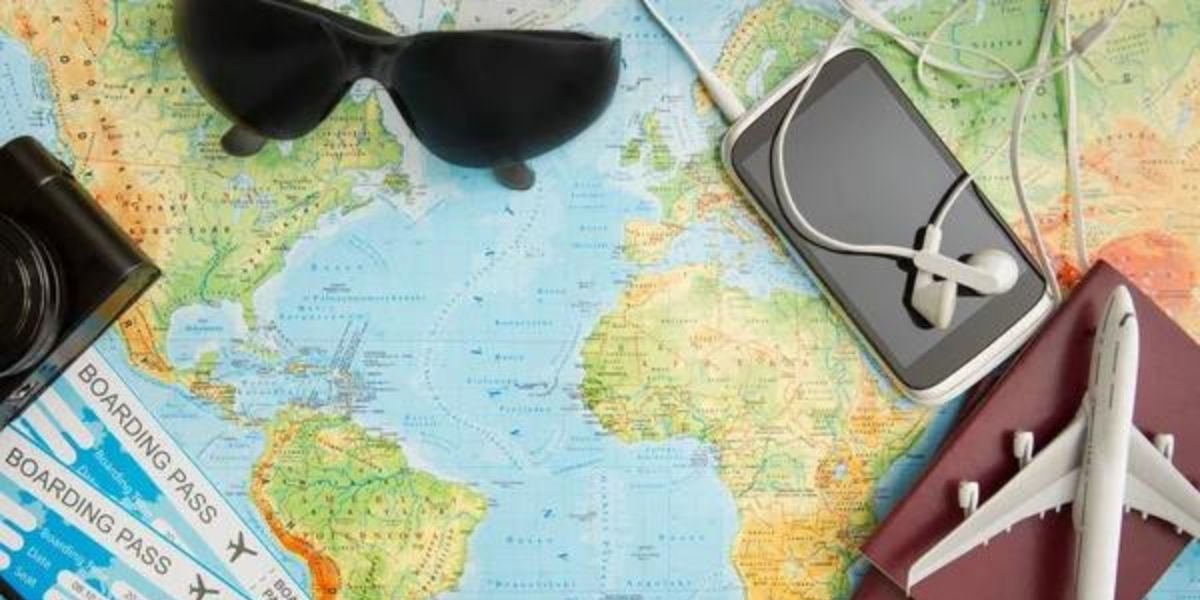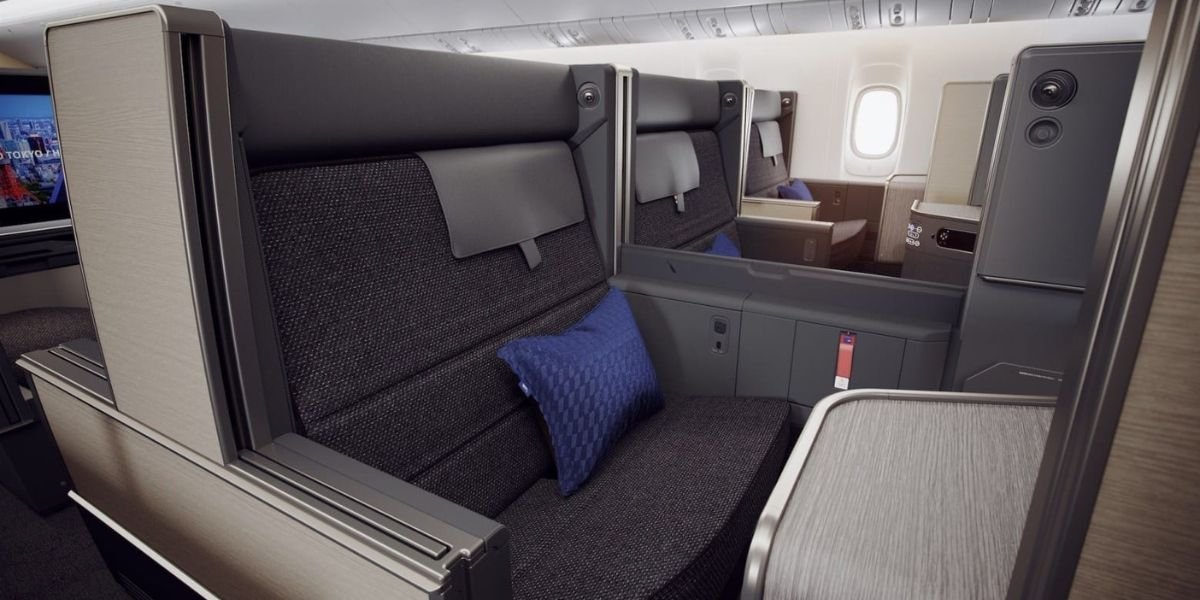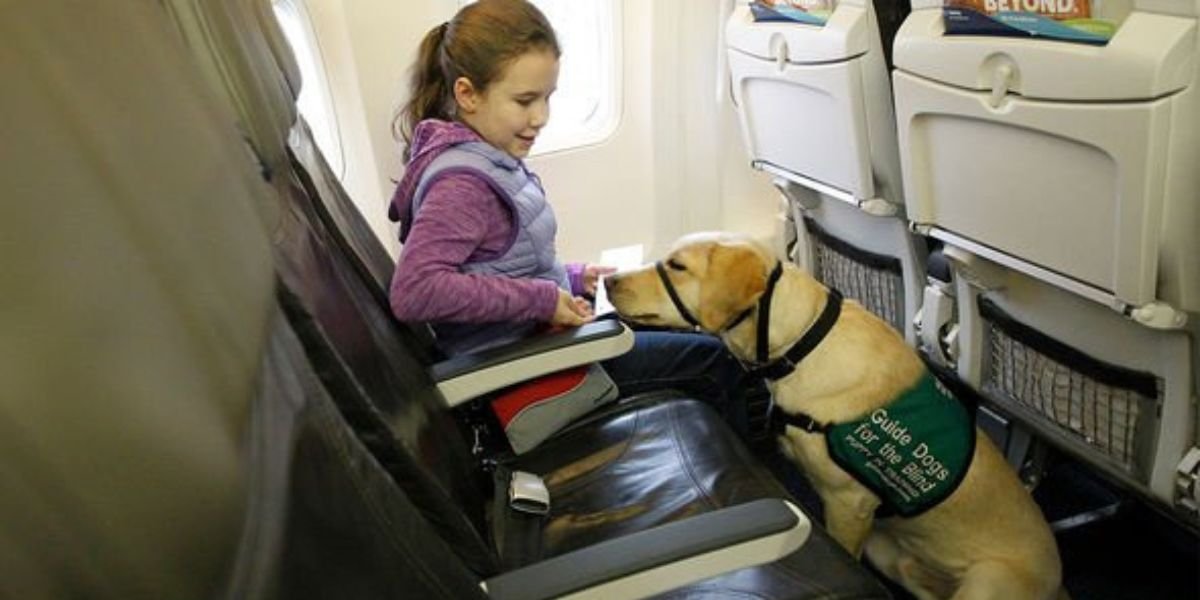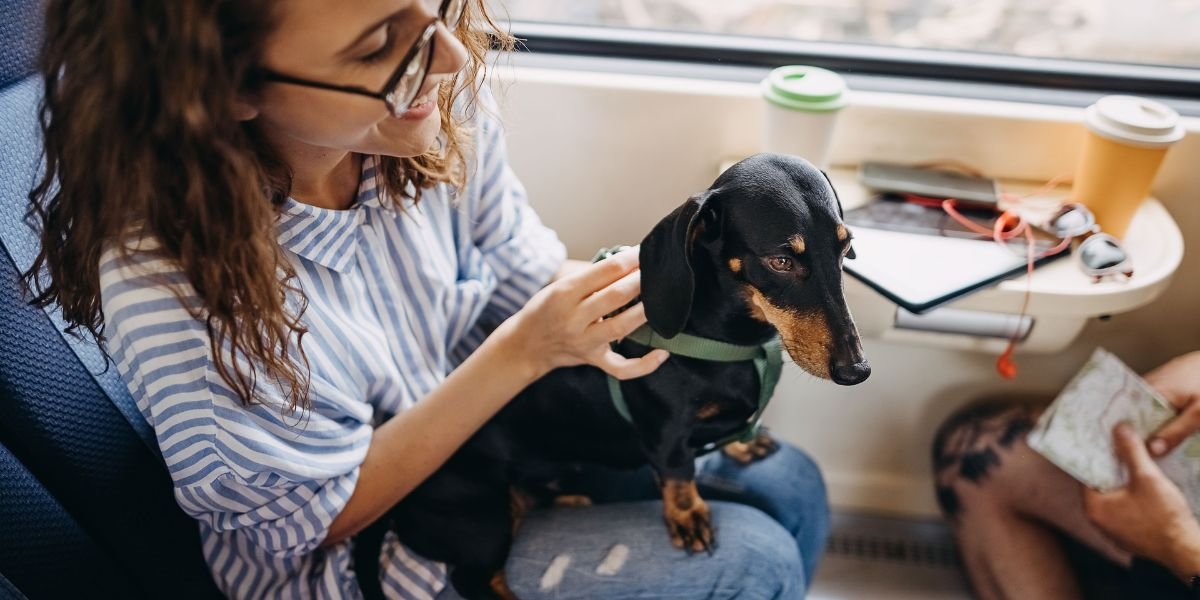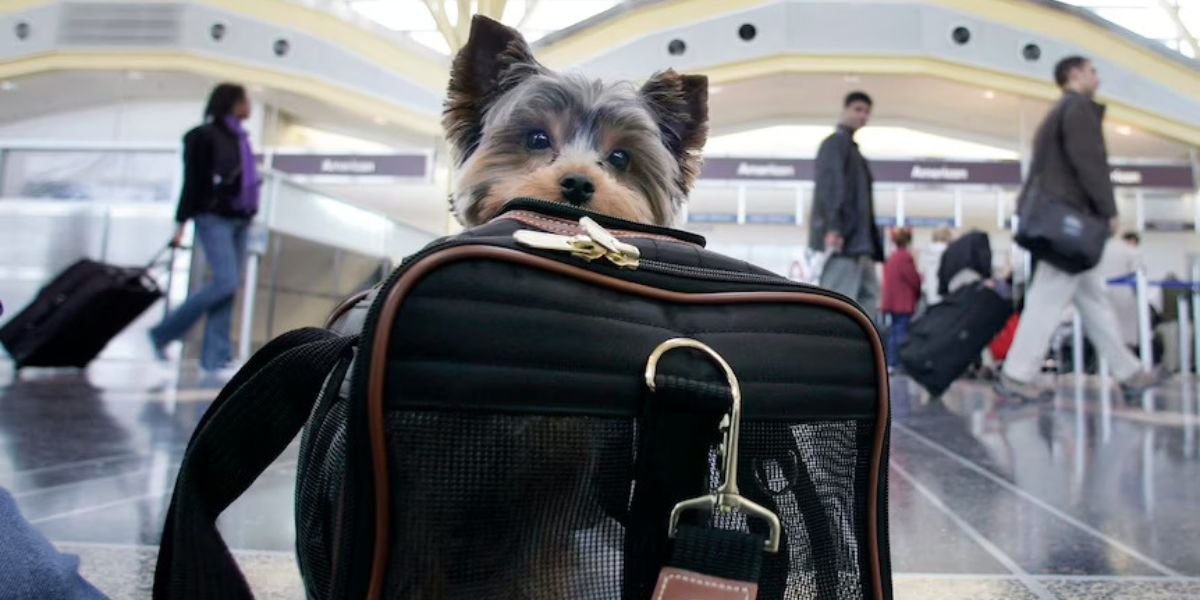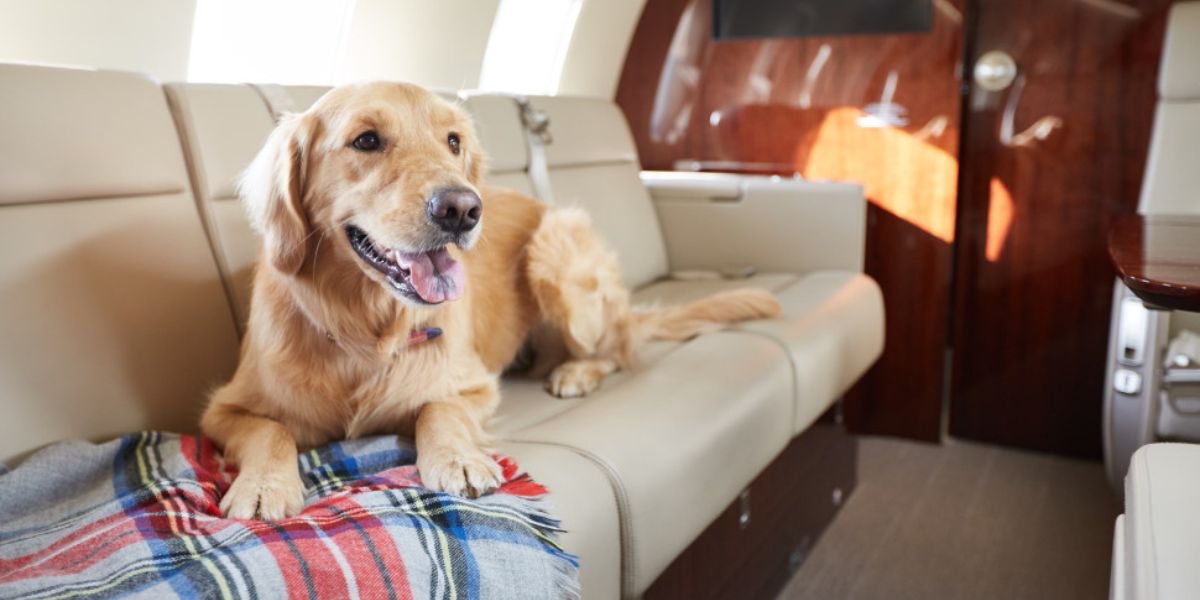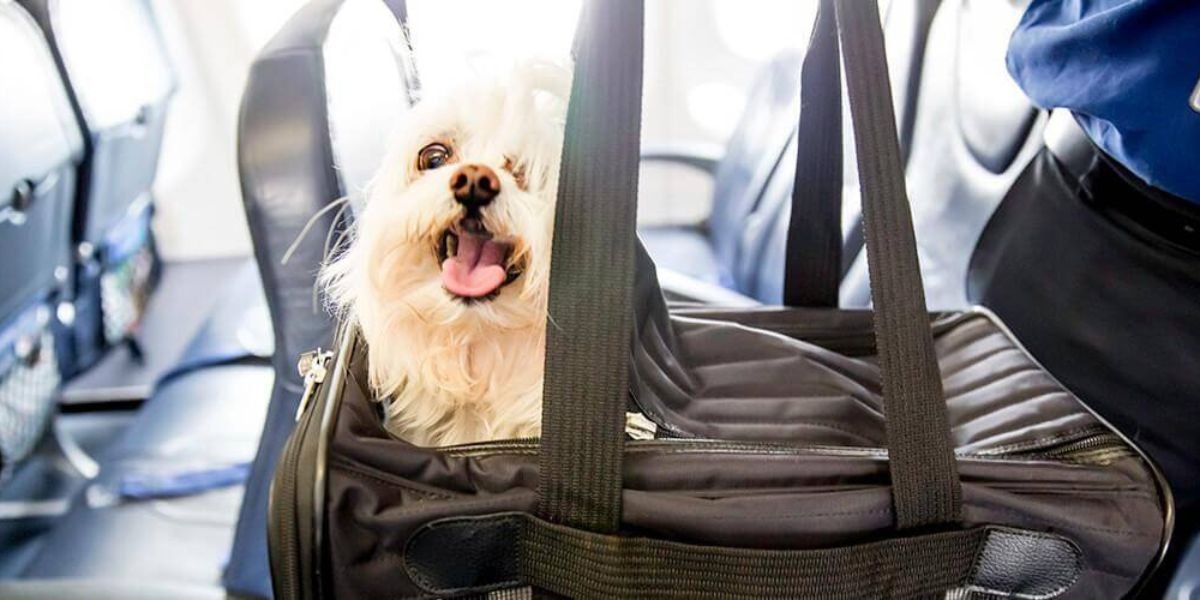Are you ready to embark on a pawsome adventure with your furry companion? If so, it’s important to know the pet policy of the airline you’re flying with. SAS pet policy accommodates both cats and dogs. Both domestically or internationally, pets are allowed to travel in the cabin or cargo hold. It depends on their size and weight. But before you pack your pet’s bags, there are a few things you need to know. It includes fees, required documents, and restrictions. In this guide, we’ll break down everything you need to know about pet policy. It will make you and your furry friend have a comfortable and stress-free journey.
Overview On SAS Pet Travel Policy
The airline understands that your pet is part of your family and offers a SAS Airlines pet policy. Here’s an overview of their pet policy to help you prepare for your furry friend’s travel:
- It is advisable to make a request no later than 24 hours before the scheduled departure.
- Once your request has been approved, you will be required to complete the necessary FORM.
- Cats and dogs are allowed to travel in the cabin or cargo hold, depending on their size and weight.
- Some countries require a quarantine period for pets upon arrival. Ensure you have all the necessary documents before travel.
- Pets must be at least 8 weeks old to travel on flights.
- The weight limit for pets travelling in the cabin is 8 kg, while pets in the cargo hold can weigh up to 75 kg.
- The maximum carrier dimensions for pets in the cabin are 40x25x23 cm.
- The fee for pets varies based on the destination and weight of the pet.
- Your pet must have a valid health certificate from a licensed veterinarian. It will indicate that they are healthy and fit to fly.
- For international travel, you may need additional documents, such as a pet passport, import/export permits, and vaccination records. Check the requirements for your destination country before travelling.
- The pet carrier must be approved by the airline and meet the airline’s size and weight restrictions.
- The carrier must be well-ventilated, leak-proof, and secure. It should have enough room for your pet to stand, turn around, and lie down comfortably.
Types of Pet Allowed Under SAS Policy
If you’re planning to travel with your furry companion, it’s essential to know the pet policy of the airline you’re flying with. This pet policy accommodates both cats and dogs. In this guide, we’ll break down the types of pets allowed on flights, so you can prepare for your pet’s travel with ease.
Cats
SAS allows cats to travel in the cabin or cargo hold, depending on their size and weight. Cats must be at least 8 weeks old to travel on flights. Cats can travel either in the cabin or in the cargo hold, depending on their size and weight. The fees and requirements for cats travelling with airlines may vary depending on the destination and the type of travel.
Dogs
SAS allows dogs to travel in the cabin or cargo hold, depending on their size and weight. Note that there are certain restrictions and requirements that must be met before your furry friend can travel. Dogs must be at least 8 weeks old to travel. It must comply with the carrier dimensions and weight limits for both the cabin and cargo hold. Additionally, dogs must be healthy and have all the necessary documentation before travel. Dog travel in the cabin or cargo hold is paid, which varies based on the destination and weight of the dog.
Service Animals
Service animals are allowed to travel in the cabin free of charge when they are active on their duty. Service animals must meet the requirements of the country of destination, and passengers must provide the necessary documentation before travel. Service animals are allowed access to the lounge as well. But you have to follow some restrictions if bringing your service animal to the lounge.
SAS Guidelines For Service Dogs Travel
Under SAS pet policy service dogs are allowed to travel with their owners in the cabin free of charge. However, there are specific guidelines that must be followed. It will ensure a safe and comfortable journey for both the dog and the passengers.
- The service dog must be identified by an official service dog identification card or harness. The identification card should be presented at check-in. The harness should be worn at all times during the flight.
- It must be in good health and up-to-date on all vaccinations. The owner must provide a health certificate issued by a veterinarian within 10 days of the flight departure.
- The passenger must notify them at least 48 hours before the flight departure.
- Carrier must fit under the seat in front of the passenger or in a designated storage area. The weight of the dog, including the carrier, must not exceed 8 kg (17.6 lbs).
- The airline provides accommodation for service dogs in the cabin. The dog may sit on the floor at the passenger’s feet or on the passenger’s lap. However, the dog must not occupy a seat.
- The service dog must be well-behaved and trained to behave in public settings. The dog must be under the control of the owner at all times. It should not be a threat or a disturbance to other passengers.
- To ensure that you receive appropriate assistance when travelling with a service dog, notify the airline 48 hours in advance.
- They provide a relief area for service dogs at the airport. The owner must clean up after the dog and dispose of waste in a proper manner.
- Carry all documentation, including the service dog identification card, health certificate, and any other documents required by the destination country.
- Airline can refuse transportation of a service dog if it poses a threat to the safety of other passengers. Or if it is not properly identified or trained.
- If travelling to an international destination, the owner must comply with the specific regulations of the destination country.
Emotional Support Animals (ESAs)
SAS doesn’t recognize emotional support animals as service animals and treats them as pets. ESAs must comply with the same requirements as pets and travel in the cabin or cargo hold, depending on their size and weight. The fee for ESAs travelling in the cabin and cargo hold depends on the destination and weight of the animal.
Other Animals
SAS doesn’t allow any other type of pet or animal on board, except for certified assistance dogs. The other animals include birds, reptiles, or rodents. The SAS Airlines pet policy is designed to ensure the safety and comfort of all passengers and pets travelling.
SAS Airlines Pets in Cabin
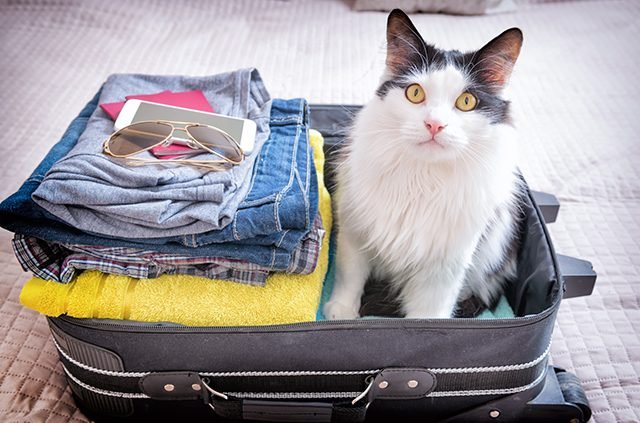
If you’re planning to travel with your furry friend, SAS Airlines allows pets in cabin with you. Travelling with your pet in the cabin can be a convenient option. You can keep a close eye on your pet and ensure that they’re comfortable during the flight. To ensure the safety and comfort of all passengers and pets, there are specific guidelines and requirements for SAS Airlines pets in cabin.
SAS Approved Pet Carrier/Container In Cabin
You can bring one pet container/carrier, carrying up to two healthy pets. The pets in one carrier must be of the same species. Keep your pet in its own small pet container/carrier that fits under the seat in front of you. The pet must remain inside the closed SAS approved pet carrier on the floor during the entire flight. The pet and the container are considered your carry-on baggage, and you cannot bring any additional carry-on baggage.
- Only bags and pet containers/carriers are accepted that are specifically designed for the transport of pets.
- The airline recommends using a Sherpa Bag or similar. It is a soft type bag approved for dogs and cats made of flexible materials.
- The transport bag has to be made of a well-ventilated strong, leakage and bite-proof material, and must be entirely closeable.
- You will be charged a pet transporting fee for bringing a pet onboard. To travel in the cabin, pets must meet certain size and weight limits.
- The maximum size allowed for SAS pet in cabin is 40 x 25 x 23 cm (length x width x height). Maximum weight, including the pet and transport bag, is 8 kg.
- In a carrier, a pet must be able to stand up, turn around, and lay down comfortably.
- If these requirements are not met, SAS reserves the right to deny your pet onboard.
SAS Pet In Cargo
Don’t fret if your pet doesn’t meet the criteria for cabin travel because SAS Pet In Cargo has got you covered. Only cats and dogs can travel in the cargo hold. Other pets and wild animals can only be transported as cargo. People with a litter of kittens or puppies under six months old can fly together. It’s important to remember that the cargo hold is inaccessible during the flight. Make sure your furry friend has all their necessities before departure. To secure your pet’s travel, simply get in touch with Customer Service for availability and bookings.
Rules For Pet in Cargo
It’s important to follow the guidelines and requirements for transporting animals in SAS pet cargo. Here are some key points to keep in mind:
- You must provide your own appropriate and animal-friendly container for your pet’s transportation.
- The container must be escape-proof, and you must provide zip ties or cable ties to secure the kennel door.
- It’s important to check IATA’s regulations and requirements for transportation containers before booking.
- If the container is too small or does not meet the IATA requirements, they have the right to refuse transportation for your pet at check-in.
- The maximum size for the container depends on the aircraft type, and the maximum weight limit is 150 kg (animal + container).
- If you have two adult animals of comparable size up to 14 kg each that are accustomed to living together, they can be transported in the same container. Animals weighing more than 14 kg must travel in separate containers.
- To add/book your pet in the cargo hold, contact Customer Service to check availability and pay the pet transportation fee. You’ll need to have the measurements of the container/cage ready when you contact them.
- If you have an animal that is not accepted in the cargo hold or needs to be transported as cargo, you can ship your pet with a freight forwarder.
- Live household pets or wild animals are accepted for shipping as cargo, and your pet will travel alone.
- If you are travelling to countries where pets/animals are required to travel as SAS pet cargo, it’s important to follow the necessary procedures and regulations.
Restricted Animals Under SAS Pet Policy
SAS Airlines pet policy outlines which animals are permitted to travel on its flights. While the airline welcomes service dogs there are certain animals that are not allowed due to safety concerns. Here is a list of animals that are not permitted to travel:
Snub-Nosed Breeds of Dogs and Cats
Certain snub-nosed breeds of dogs and cats are not allowed. They are also known as brachycephalic breeds, to travel in the cargo hold. This is because these breeds are prone to breathing difficulties, especially in stressful situations such as air travel.
Aggressive Animals
Animals that display aggressive behaviour, such as biting or growling, are not allowed to travel on SAS Airlines. This includes breeds of dogs that are considered aggressive, such as pit bulls, Rottweilers, and Doberman Pinschers.
Exotic Animals
Exotic animals are not allowed to travel on its flights. This includes animals such as snakes, spiders, reptiles, and rodents. These animals may pose a risk to other passengers and may also be illegal to transport in some countries.
Pregnant Animals
Pregnant animals are not allowed to travel. This is because air travel can be stressful for animals. The changes in air pressure and altitude may cause complications during pregnancy.
Animals Younger Than Eight Weeks Old
Animals that are younger than eight weeks old are not allowed to travel on this airline. This is because young animals may not be fully developed. They may be more susceptible to stress and illness during air travel.
Animals With Health/Behavioral Issues
Animals that have health or behavioural issues that may pose a risk to other passengers. So, these animals are not allowed to travel. This includes animals with contagious diseases, as well as animals that are anxious, aggressive, or disruptive.
Banned Breed of Dogs
SAS Airlines has a list of banned dog breeds for pet travel due to safety and health concerns. These breeds of dogs are classified as “fighting dogs” and have a reputation for aggression and violence. They are banned by many airlines due to safety concerns for passengers and other animals. Here is a list of dog breeds that are not allowed to travel:
- Pit Bull Terriers
- American Staffordshire Terriers
- Staffordshire Bull Terriers
- Bull Terriers
- Tosa Inu
- Dogo Argentino
- Fila Brasileiro
- Japanese Tosa
Note: Owners of banned dog breeds should make alternative travel arrangements for their pets. They may change or cancel their flight in case their dog comes into a banned breed category.
SAS Travelling With Pets Fees
Bringing a pet on board either in cabin or cargo will vary fee criteria as well. Below is the tabular representation of the fees cabin along with cargo:
SAS Pet In Cabin
Here is the tabular representation of fees to travel your pet in Cabin:
| Flight & Location | Fees |
| In Domestic Flight | 420 DKK, 550 NOK, 550 SEK, 55 EUR, 60 USD |
| Scandinavia, Europe and Middle East | 550 DKK, 750 NOK, 750 SEK, 75 EUR, 80 USD |
| Asia, Canada and US | 740 DKK 740, 990 NOK, 990 SEK, 99 EUR, 105 USD |
| China | 1100 DKK, 1540 NOK, 1540 SEK, 149 EUR, 159 USD |
SAS Pet Cargo
Below is a table showing the fees for bringing your pet in the cabin during travel:
| Flight & Location | Fees |
| In Domestic Flight | 680 DKK, 950 NOK, 950 SEK, 90 EUR, 100 USD |
| Scandinavia, Europe and Middle East | 1250 DKK, 1740 NOK, 1740 SEK, 169 EUR, 195 USD |
| Asia, Canada and US | 2500 DKK, 3500 NOK, 3500 SEK, 340 EUR, 370 USD |
| China | 5400 DKK, 7600 NOK, 7600 SEK, 725 EUR, 775 USD |
How To Request SAS Pet Travel?
SAS Airlines pet policy allows passengers to travel with their pets. Pet owners can request pet travel through online or offline channels, depending on their preference and convenience. Here are the steps to request pet travel:
Online Pet Travel Request
- Visit the website (www.flysas.com) and select the “My Bookings” option.
- Enter your booking reference number and last name to access your booking details.
- Select the “Add Pet” option and fill in the required information about your pet, including its breed, weight, and age.
- Pay the pet travel fee, which may vary depending on the destination and the size of your pet.
- Submit the pet travel request and receive a confirmation email.
Offline Pet Travel Request
- Contact the customer service department by phone or email.
- Provide the representative with your booking details and request pet travel.
- Give your required information about your pet, including its breed, weight, and age.
- Pay the pet travel fee, which may vary depending on the destination and the size of your pet.
- Receive confirmation of your pet travel request from via email or phone.
Frequently Asked Questions (FAQs) – SAS Pet Policy
Yes, pets are allowed to travel with their owners in the cabin or as checked baggage. It totally depends on the size and weight of the pet.
SAS pet policy allows certain types of pets to travel on their flights. Specifically, cats, dogs, and service animals are permitted to travel. However, there are certain requirements that must be met before a pet is allowed to board a flight.
Yes, small pets can travel with their owners in the cabin. But only if they weigh no more than 8 kg (including the carrier) and meet certain requirements.
Pets must be kept in a carrier that meets requirements. The carrier must fit under the seat in front of the passenger. Owners must also ensure that their pets are quiet and well-behaved during the flight.
The cost of bringing a pet on a flight depends on several factors. It includes the pet’s size, the route of travel, and whether the pet is traveling in cargo or cabin.
Fees range from 90 to 725 EUR.
Yes, larger pets can travel as checked baggage. But only if they meet certain requirements and are placed in an appropriate carrier.
Pets must be in a carrier that meets requirements. It should be able to stand up, turn around, and lie down comfortably in the carrier. Owners must also provide food and water for their pets during the flight.
If a pet gets sick during a flight, owners should notify the cabin crew immediately. They have protocols in place to deal with sick or injured pets.
They allow a maximum of two pets to travel with each passenger. Only one pet is allowed in the cabin.
Service animals are allowed on flights free of charge. But owners must provide documentation and comply with certain requirements. It includes keeping the animal under control at all times.


